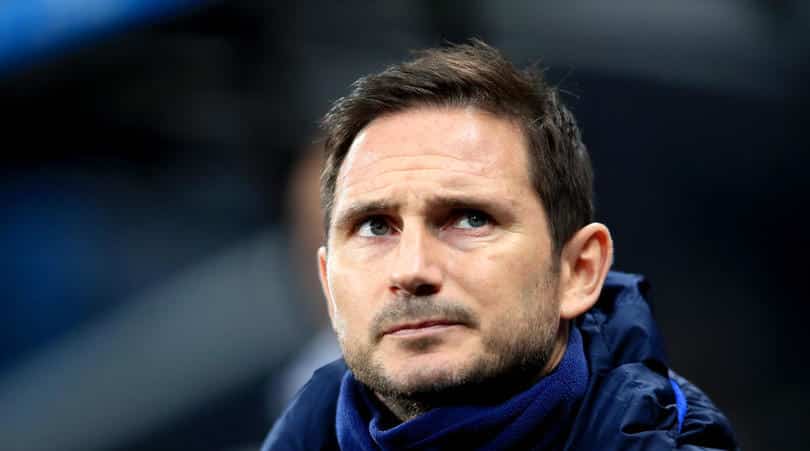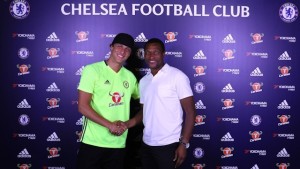Big Chelsea transfer signings Timo Werner, Kai Havertz, Hakim Ziyech and Christian Pulisic could all be in the same team for the first time against Southampton. What does it mean for Mason Mount, Tammy Abraham, and Callum Hudson-Odoi?
Look at the fixture list and Chelsea’s 2020-21 season started at Brighton on 14 September. In other respects, however, it began later. The 2-0 defeat, complete with errors by Marcos Alonso and Kepa Arrizabalaga, by Liverpool felt the last hurrah for the 2019-20 defence. Thiago Silva made his Premier League debut against West Bromwich Albion, Edouard Mendy and Ben Chilwell against Crystal Palace.
The two most glamorous and expensive attacking additions, Timo Werner and Kai Havertz, have played all four league games. Yet, the sense in the summer spending spree was that they only formed half of the futuristic forward line. The other half were sidelined but Christian Pulisic returned with a cameo against Palace and Hakim Ziyech played 31 minutes for Morocco on Friday.

If Frank Lampard can unveil and unleash a £200-million quartet against Southampton on Saturday, the potential dawn of a new era also invites scrutiny of his decision-making. It is a question of how to cram them in and who suffers as a result.
The logical way to select the three 2020 arrivals and the 2019 buy Pulisic is with the American on the left, Ziyech on the right and Havertz operating in behind Werner. And yet the majority of the Germans’ combined starts have come elsewhere.
Werner has begun the last three league games on the left. He can make Sadio Mané-esque runs in between full back and centre back and, at RB Leipzig, could orbit around a target man, in Yussuf Poulsen, but there was nonetheless the presumption that a player who scored 34 times last season would operate as the striker in any one-striker system. Instead, he has sometimes been switched mid-match to the right, his third best position. Perhaps that deployment on the sides was to ease him into English football, but that raises the question of how long an adaptation period lasts.
Havertz’s versatility can be both blessing and burden. He was rusty on the right flank at Brighton, an especially surprising selection as Ruben Loftus-Cheek got his preferred position as a No 10 and the Englishman fell from favour so swiftly he has already been loaned to Fulham. He was miscast against Liverpool as a false nine, albeit a role he performed with distinction for Bayer Leverkusen in the summer. He has been better in a central advanced position in midfield. He excelled against Palace.
And yet creating a meritocracy as well as a vehicle for big buys poses challenges for Lampard. Tammy Abraham has arguably outperformed Werner in the last two games. Mason Mount was Chelsea’s outstanding player in the comeback from 3-0 down to West Brom and the perception of him as the teacher’s pet ignores his intelligence and adaptability.

Lampard’s flagship policy initially was a faith in British youth and while that is no reason to afford anyone preferential treatment, Mount and Abraham exceeded most expectations. Callum Hudson-Odoi was the exception to the rule, the Englishman who underachieved under Lampard, but he spurred back to form against West Brom and Palace. He, too, has a case to start. Olivier Giroud is already entitled to argue he has been treated unfairly, a talisman in the second half of last season limited to 17 minutes’ league football this campaign, despite his Michel Platini-beating goalscoring exploits for France.
But eight into four won’t go. When Chelsea were brandishing the cheque book, it was easy to envisage that, Pulisic apart, it was an entirely new-look attack. If Lampard’s proteges have complicated that, so have his initial choices. And as expenditure brings expectations, his choices have an added significance. If this is the first weekend when he has all of Chelsea’s attacking purchases available, does he know how and where to use them and what his strongest side is?





